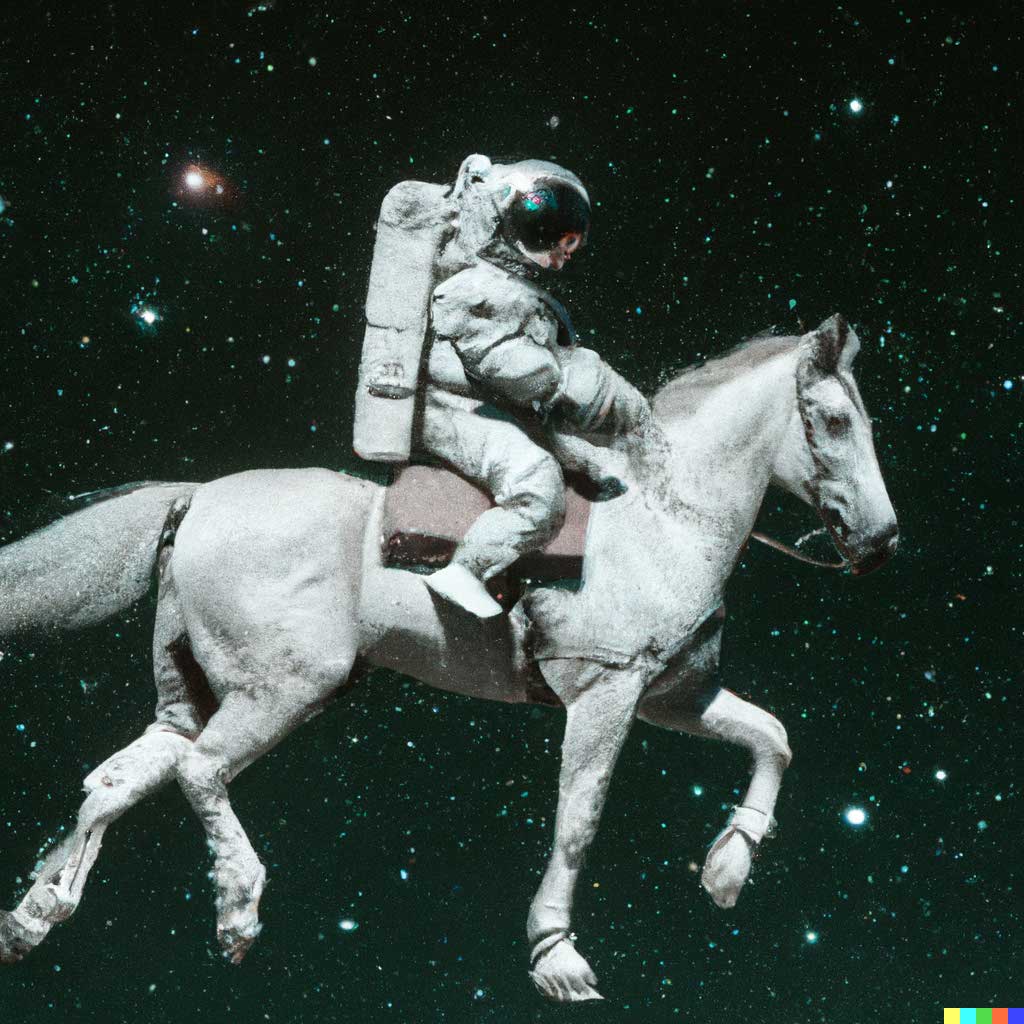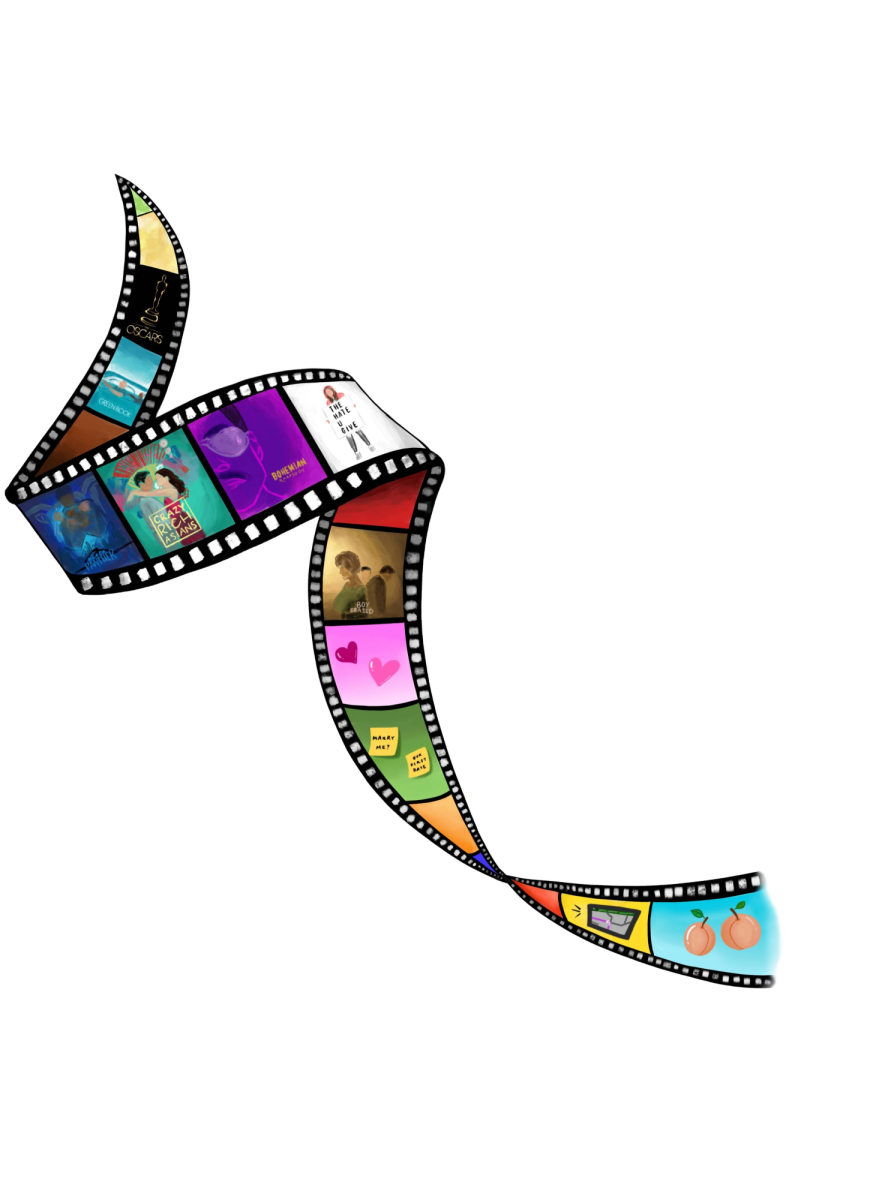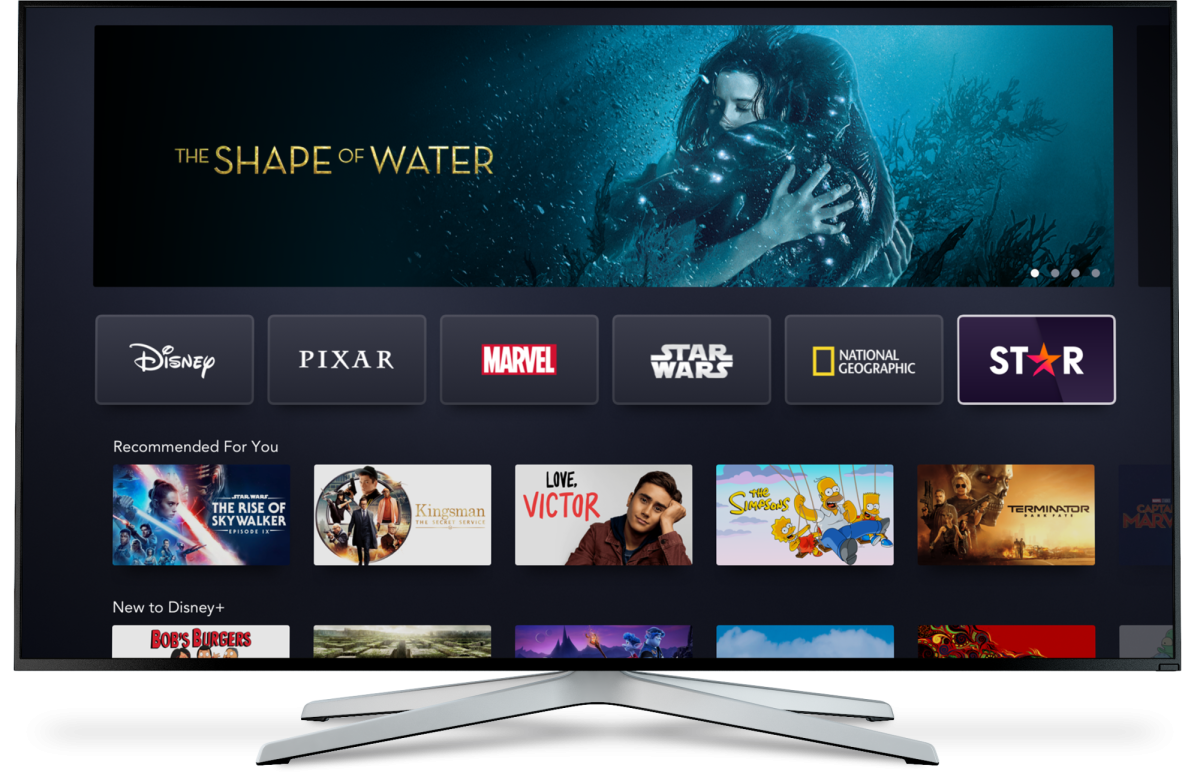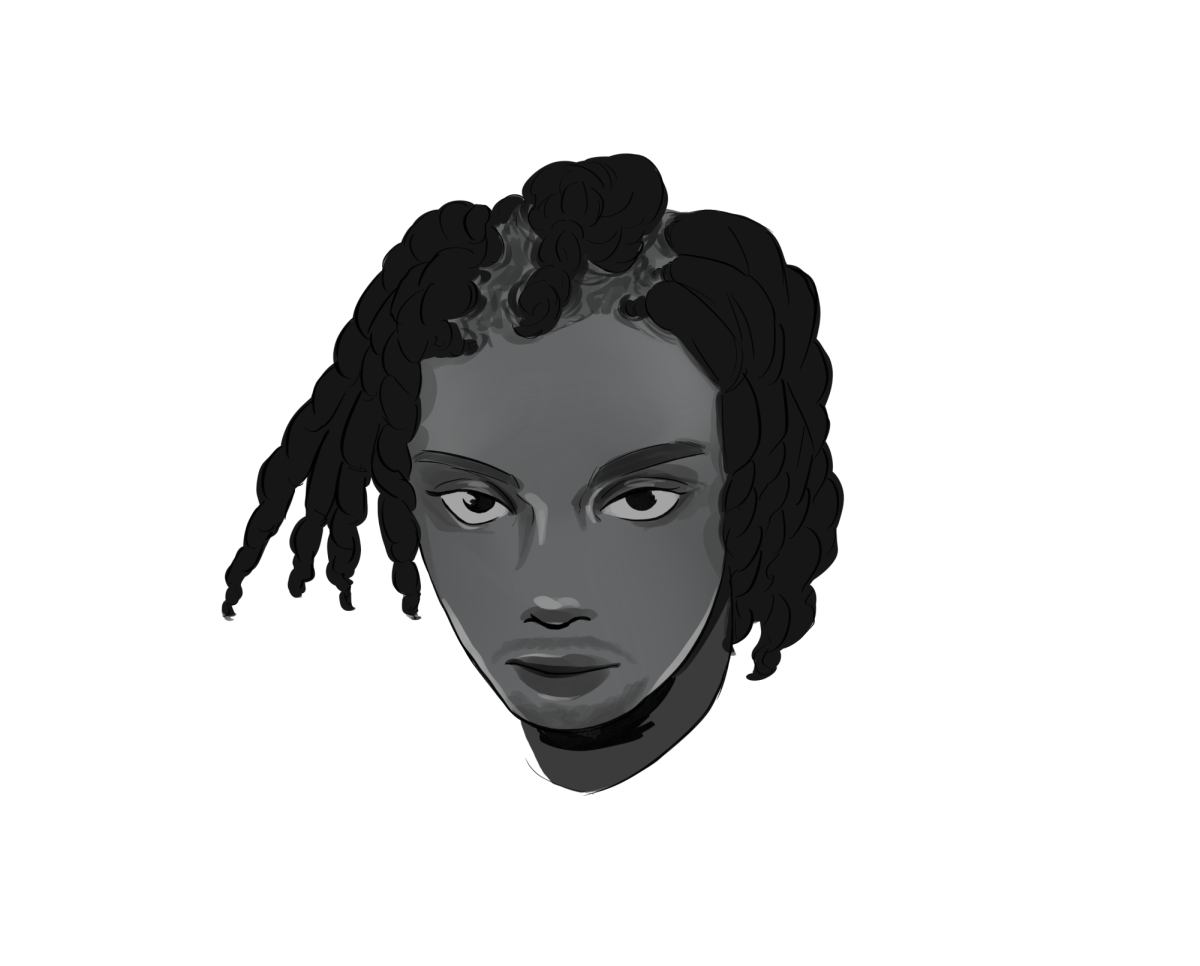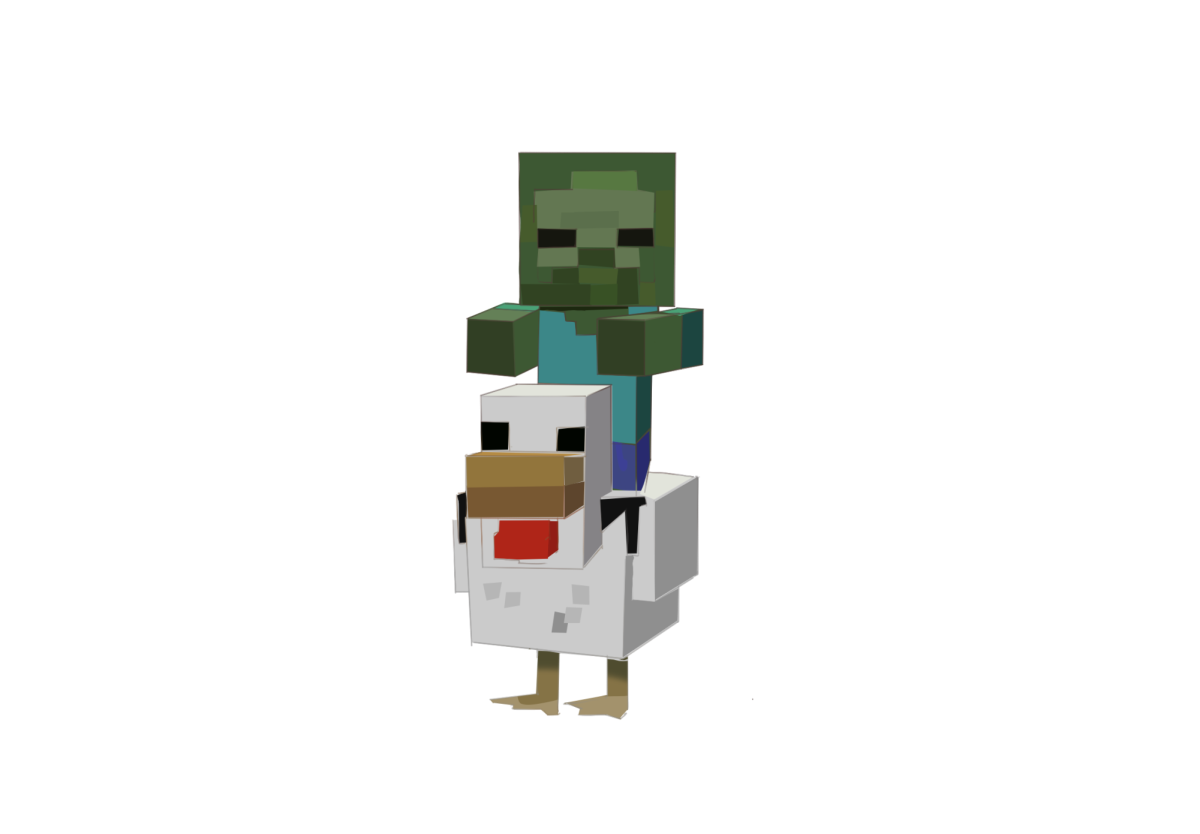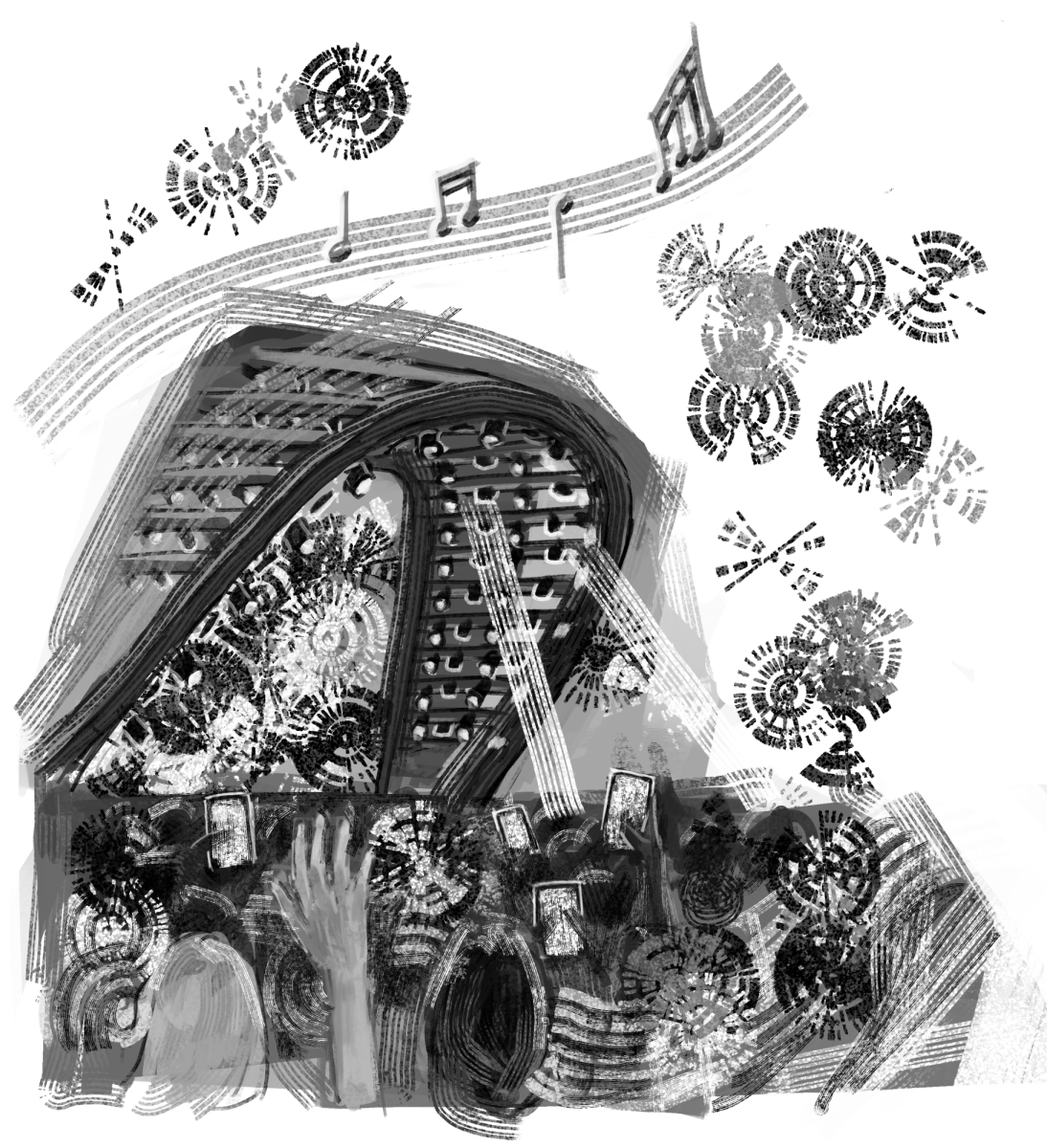DALL-E 2 is the more artistic, visual cousin of ChatGPT. The software is another creation of OpenAI, a company co-founded by many tech visionaries, including Elon Musk and Sam Altman. Although the same company created both, ChatGPT is a language model AI, while DALL-E 2 is an image model AI that can generate digital artwork and photos from a given prompt.
DALL-E may sound like an acronym describing the tech itself; however, it’s a reference to the Spanish artist Salvador Dali and the character WALL-E from the Disney movie “WALL-E.” DALL-E originally debuted in January 2021. But tech visionaries introduced a more updated form called DALL-E 2 in April 2022. The updated version of DALL-E included improved combinations of styles and higher-resolution images. A few months after the arrival of DALL-E 2, the waitlist consisting of a million people that came with the original model was removed, making the AI much more accessible.
Simply requiring a login to OpenAI, Dall E-2 is accessible to almost anyone wanting to use the software. Once logged in, users can utilize the search bar and type in the desired prompt. While the user has a fair amount of freedom, the prompt must be as specific as possible to receive a satisfactory result. Dall E-2 will then use the prompt to produce four possible images from which users can choose. From there, users can edit their prompt to create the desired image.
However, DALL-E 2 goes beyond simply creating an image. The software can also edit images in two ways: inpainting and outpainting. With inpainting, users can use a tool to erase a section of an uploaded image and then input a prompt to use AI to fill in the gap. With outpainting, users can add to an image by adding generation frames to expand the image and then input a prompt to modify the product. Users get a limited number of monthly prompts but must pay between 16 cents to 20 cents per image (depending on resolution) afterward.
DALL-E 2 has also become an Application Programming Interface (API), which allows it to be integrated into other applications, such as Microsoft’s Image Creator tool and Designer app. In terms of regulation, however, there are some concerns. Images generated by DALL-E 2 can be used both creatively and commercially, effectively giving full rights of the image to the person who typed in the prompt. This granting of rights is potentially dangerous to artists and designers whose jobs are now threatened by this AI artist.
“I don’t support DALL-E because they are stealing the property of artists and they didn’t give permission for their art to be used,” senior Nitya Donthi said. “That’s like stealing money from artists.”
Fortunately for artists, DALL-E 2 still needs to improve at generating images. While most of the images generated seem fine, some note that DALL-E 2 has had particular trouble with faces and human bodies, sometimes misplacing eyes and hands. Additionally, the AI struggles with creating art that mimics a specific style. However, it generally does well with broad art types, such as oil painting or photography.
Senior Mark Li said, “The system relies on text to image, but this just isn’t sustainable for truly special artwork. Imagine trying to explain Starry Night by Van Gogh to this AI system. It [just] isn’t replicable.”
These limitations may be intentional. DALL-E 2 has been programmed not to generate realistic faces or real people to attempt to prevent deep fakes, which is when a person’s face is digitally altered to resemble someone else’s. The program’s inability to perfectly mimic an artist’s style may be to prevent claims of plagiarism and infringement on intellectual property. Some argue that DALL-E 2’s existence destroyed the once firm belief that AI couldn’t be used to express visual arts and creativity.
Despite falling behind its competitors, Stable Diffusion and Midjourney, with a significant update anticipated very soon, DALL-E 2 is expected to be a growing threat to the art industry. However, AI still has a long way to go to replace artists completely.
“I think humans still offer a bit of imagination to the narrative or meaning of the piece that AI can’t,” senior Stanley Xu said. “[It] hasn’t gotten to the level where it can replicate the techniques and years of artisanship that some people have.”


